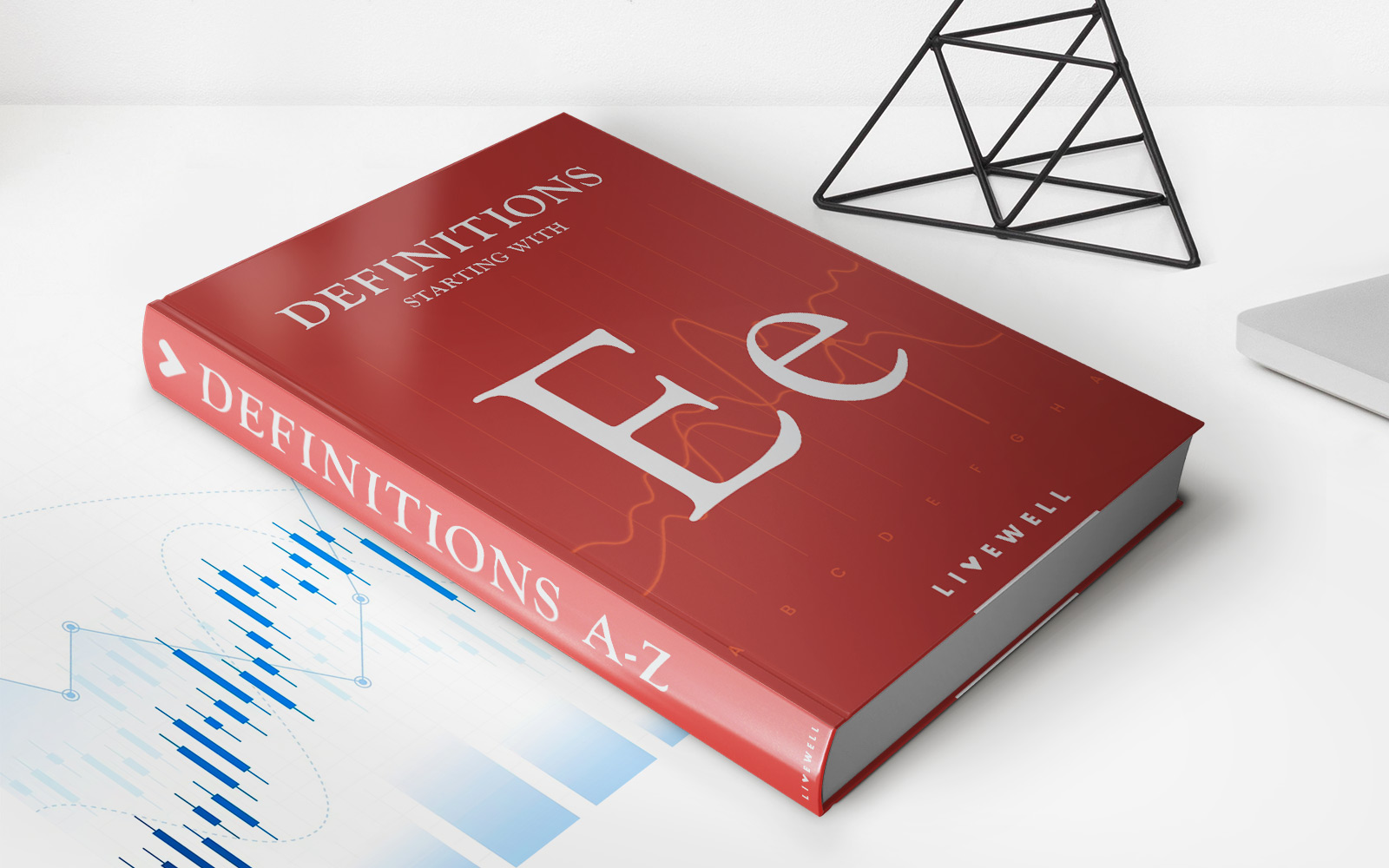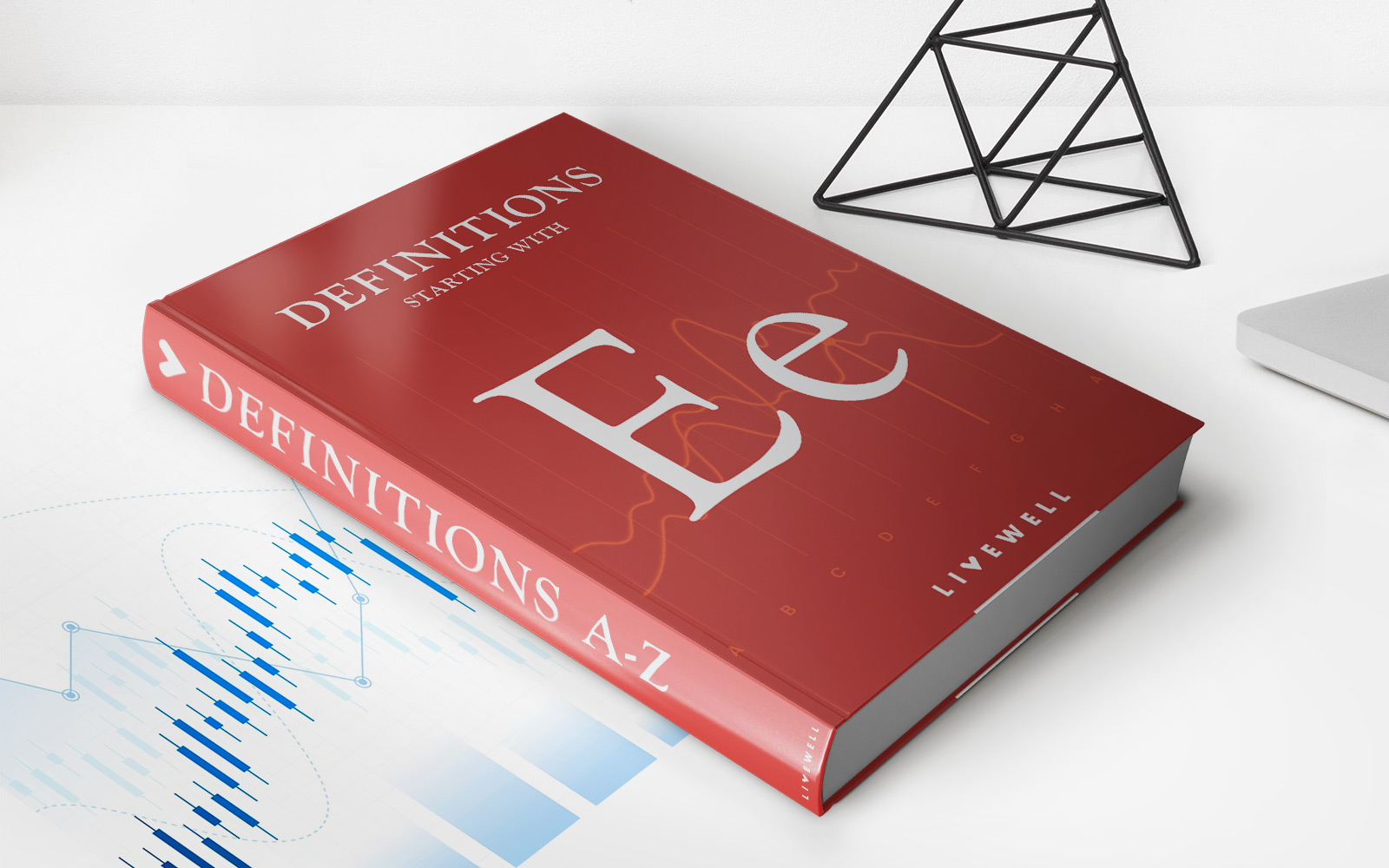

Finance
Estimated Long-Term Return Definition
Published: November 19, 2023
Understand the concept of estimated long-term return in finance and its implications for investment decisions. Discover how it can guide your financial planning and strategies.
(Many of the links in this article redirect to a specific reviewed product. Your purchase of these products through affiliate links helps to generate commission for LiveWell, at no extra cost. Learn more)
Understanding Estimated Long-Term Return: A Guide to Financial Success
When it comes to managing our finances, having a clear understanding of different concepts can make a significant difference in our long-term financial success. One essential concept in finance is the estimated long-term return (ELTR). In this blog post, we will delve into the definition, importance, and practical applications of ELTR, giving you the knowledge you need to make informed financial decisions.
Key Takeaways:
- Estimated long-term return (ELTR) is a financial metric that helps investors evaluate the potential profitability of an investment over a longer time horizon.
- ELTR takes into account factors such as historical performance, future growth projections, and inherent risks associated with the investment.
What is Estimated Long-Term Return?
Estimated long-term return, also known as ELTR, is a metric used by investors and financial professionals to evaluate the potential return on investment (ROI) over an extended period.
In simple terms, ELTR provides an estimate of the profitability or potential gain an investor can expect to earn over the long run, typically spanning several years.
ELTR is calculated using a combination of factors, such as historical performance, growth projections, market trends, and the inherent risks associated with the investment. It takes into consideration not only the potential returns but also the volatility and potential pitfalls that may come with it. This comprehensive analysis helps investors make informed decisions by understanding the possible outcomes based on a more extended timeline.
Why is Estimated Long-Term Return Important?
Understanding the estimated long-term return is crucial for investors as it provides them with valuable insights for their financial planning and decision-making. Here are a few reasons why ELTR is important:
- Long-Term Investment Strategy: ELTR allows investors to align their investment strategy with their long-term financial goals. By evaluating the potential return over an extended period, investors can determine whether an investment aligns with their objectives and risk appetite.
- Comparing Investment Options: ELTR helps investors compare different investment opportunities by considering their potential returns and inherent risks. It allows for a more accurate evaluation of risk-adjusted returns, enabling investors to choose the option that best suits their financial situation.
- Forecasting Financial Growth: ELTR assists in forecasting an individual’s financial growth and wealth accumulation. By understanding the potential return on investments over the long term, investors can better plan for retirement, education expenses, or any other long-term financial goals they may have.
Applying Estimated Long-Term Return in Practice
Applying ELTR in practice involves considering various financial factors and conducting thorough research. Here are a few steps to help you use ELTR effectively:
- Research and Analysis: Begin by researching and analyzing the investment options you are considering. Look into historical performance, growth projections, and potential risks associated with each investment.
- Calculate Estimated Long-Term Return: Use the gathered information to calculate the estimated long-term return for each investment option. Consider variables such as compound annual growth rate (CAGR), dividend yield, or any other relevant factors specific to the investment.
- Compare and Evaluate: Compare the estimated long-term returns of different investment options to identify the most promising ones.
- Align with Financial Goals: Consider your financial goals, risk tolerance, and time frame before finalizing your investment decision. Ensure that the investment aligns with your objectives and fits your overall financial plan.
By incorporating ELTR into your investment analysis, you can make more informed decisions that have the potential to lead to long-term financial success.
In Summary
Estimated long-term return (ELTR) is a powerful metric that helps investors evaluate the potential profitability of an investment over a longer time horizon. By considering historical performance, growth projections, and inherent risks, ELTR offers valuable insights for investors to align their investment strategy with their long-term financial goals. By applying ELTR in practice, investors can make more informed decisions and work towards achieving their financial objectives.














